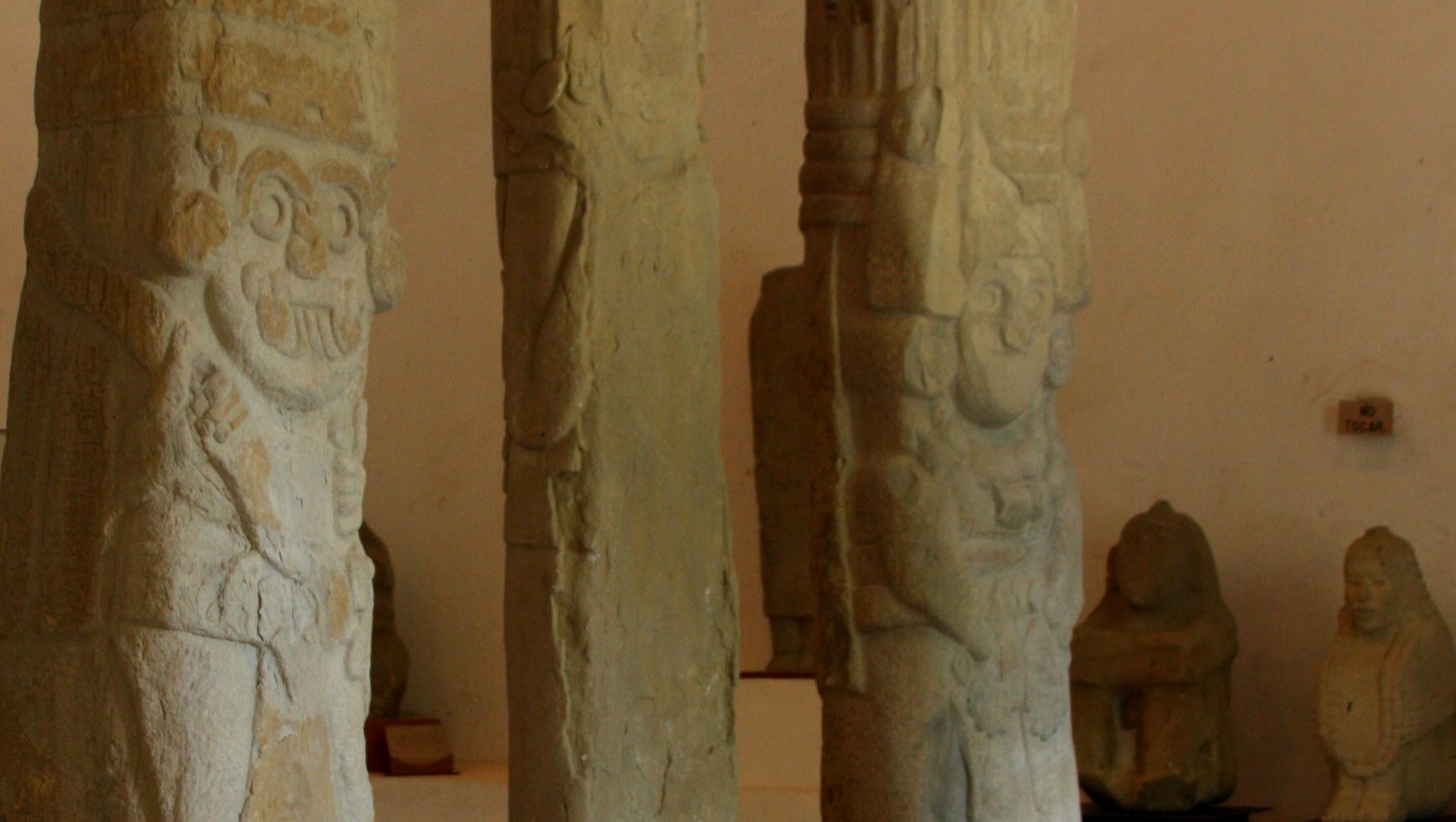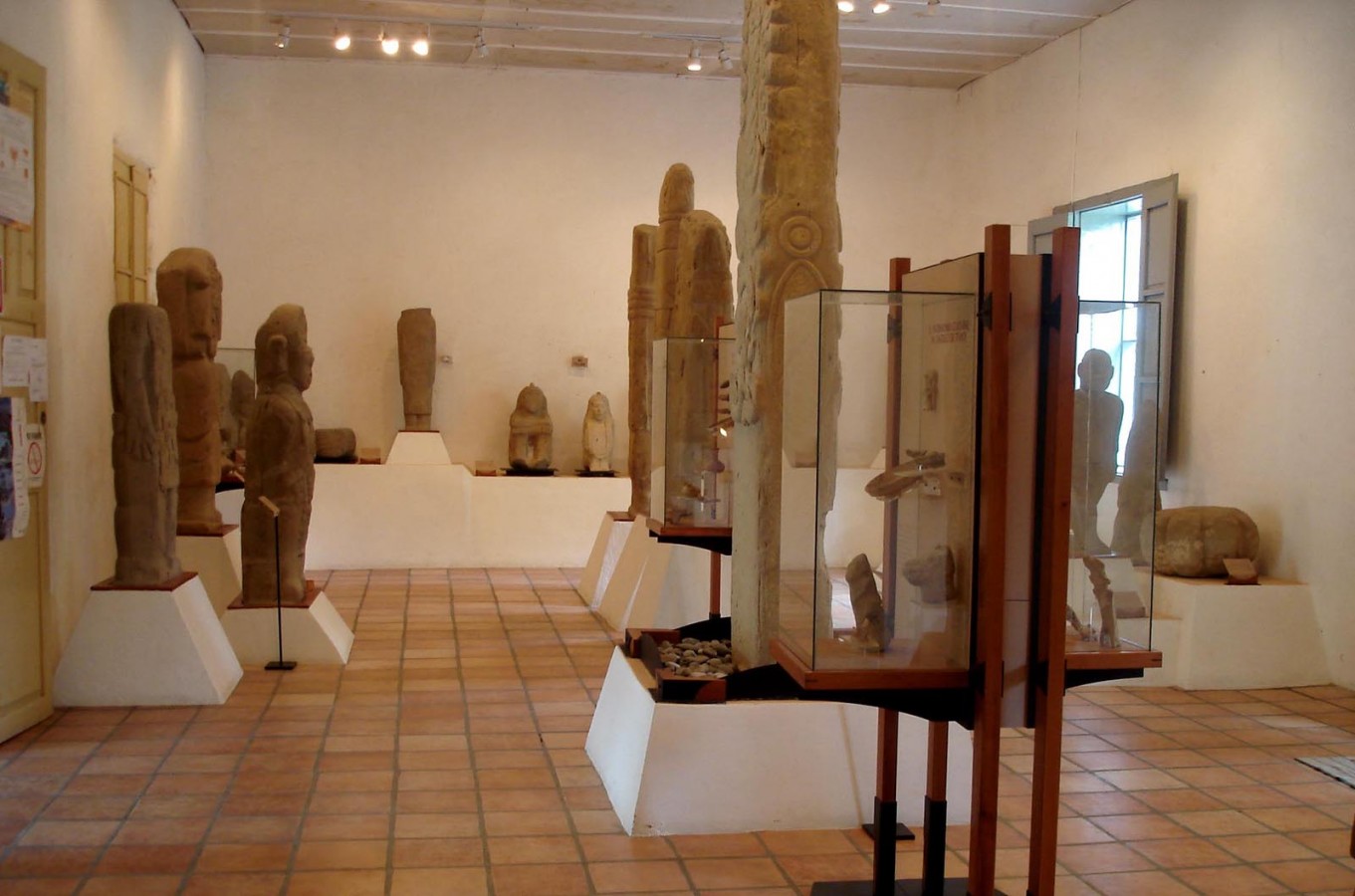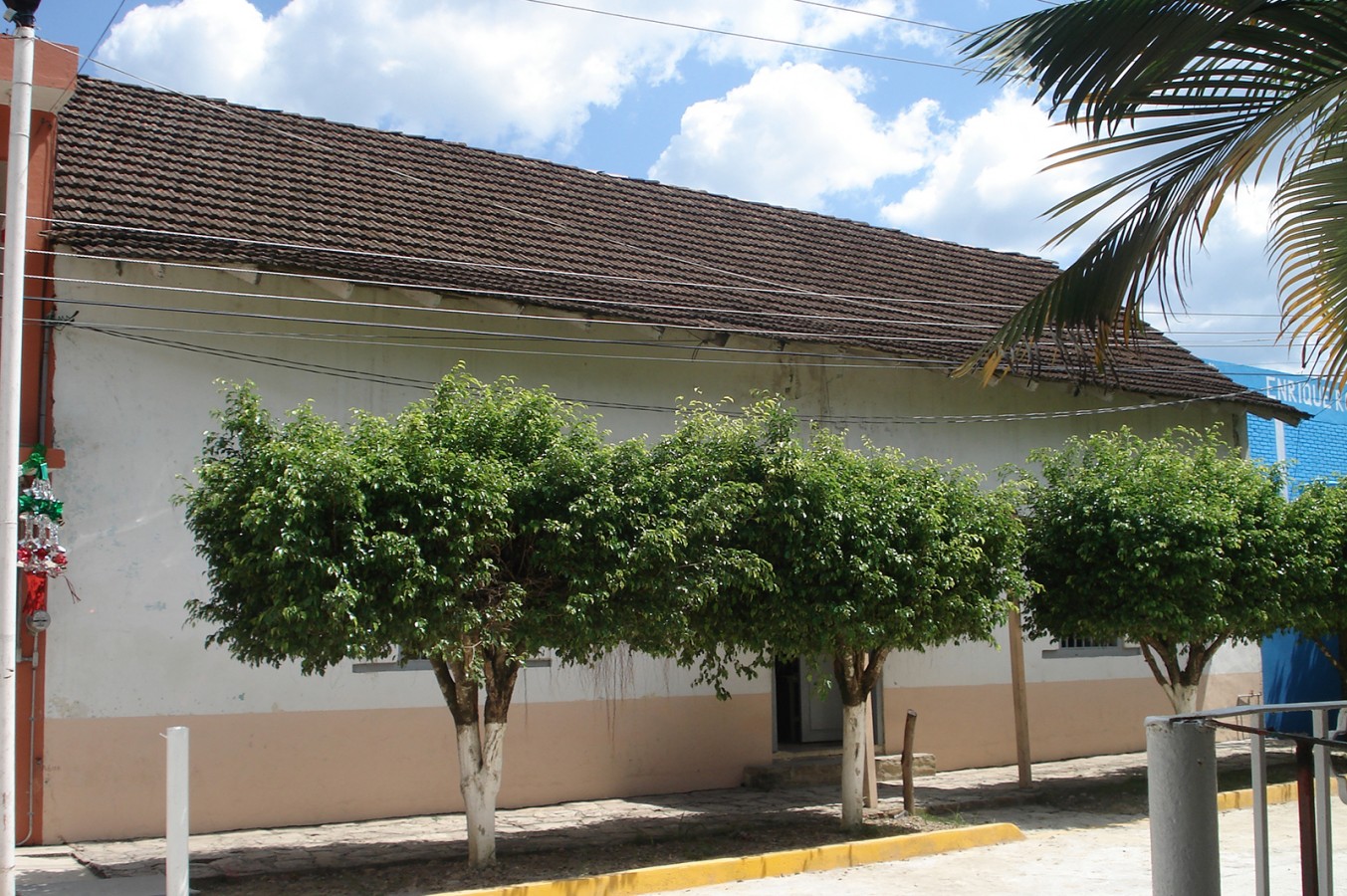Museo de Sitio Castillo de Teayo
A rare pyramid which still has a complete great staircase and a temple on top. The museum tells the story of an important Huastec city which was influenced by the Toltecs and Mexica. It has an attractive collection of sculptures of the rain god Tlaloc and the corn god Xipe Totec.
About the museum
Displays of pre-Hispanic objects from the north of Veracruz, especially from this important Huastec archeological site. The museum dates back to 1975, when a hut was built next to the Castillo de Teayo pyramid, which has three volumes coming together in an upper platform, with a temple built on top. The site, named after the pyramid, is one of the most important on the Gulf coast. In 1998 the municipality contributed the building for the site museum: a late nineteenth-century house, which opened its doors to the public in 2000. The historic building has two galleries displaying a collection of pre-Hispanic objects from the north of Veracruz as well as objects from the site itself. Highlights include stone sculptures representing animals, human figures and gods associated with both fertility and corn.
Residents of the town of Castillo de Teayo have been finding stone sculptures while working on the land or carrying out municipal works ever since 1877. A few statues were gathered at La Cruz, en route to Ixhuacán. The larger pieces were placed around the pyramid, while yet others were set into the walls and floors of people’s houses. That is how they remained for years until Eduard Seler (amongst other investigators) came to the site in 1902, and found just over 40 mainly sandstone sculptures. He identified them as Mexica deities including Tlaloc, the rain god, Xipe Totec “our lord of the flayed skin” and Macuilxochitl, goddess of the flowers. Seler published his research and photographic records in 1908.
Other travelers such as Juan Rulfo visited the site and made their own photographic records. In the 1940s the archeologist José García Payón took over the management of the site and began work to conserve the pyramid, and above all to deal with the effects of hurricanes Hilda and Janet in 1955. He also rescued a stone plaque which became separated by the action of drainage water. This stone features carvings of Tlaloc and Xilonen, the goddess of the tender corn. The archeologist Felipe Roberto Solís Olguín came to the site in the 1980s to carry out research on the iconography and published a book including all of the site’s sculptures.
The sculpture collection remained exposed to the elements for more than 100 year until 1984, when the archeologists Daniel Molina Feal and Carmen Rodríguez Martínez moved them to one side of the pyramid under a metal roof protected by wire mesh. The collection was kept in this space until 1999.
In 1999 INAH Veracruz and the municipality made an agreement to take over a nineteenth-century building for use as the museum. It had previously been the Town Hall, a military barracks, a cinema, a sewing workshop, a distance education center, high school and the municipal family welfare institution (DIF). It is a building made from the region’s yellow stone dating to 1896, the same stone as the pyramid. The blocks are mortared with adobe and the doors and the window frames are made from wood. The museum officially opened its doors in 2000.
Residents of the town of Castillo de Teayo have been finding stone sculptures while working on the land or carrying out municipal works ever since 1877. A few statues were gathered at La Cruz, en route to Ixhuacán. The larger pieces were placed around the pyramid, while yet others were set into the walls and floors of people’s houses. That is how they remained for years until Eduard Seler (amongst other investigators) came to the site in 1902, and found just over 40 mainly sandstone sculptures. He identified them as Mexica deities including Tlaloc, the rain god, Xipe Totec “our lord of the flayed skin” and Macuilxochitl, goddess of the flowers. Seler published his research and photographic records in 1908.
Other travelers such as Juan Rulfo visited the site and made their own photographic records. In the 1940s the archeologist José García Payón took over the management of the site and began work to conserve the pyramid, and above all to deal with the effects of hurricanes Hilda and Janet in 1955. He also rescued a stone plaque which became separated by the action of drainage water. This stone features carvings of Tlaloc and Xilonen, the goddess of the tender corn. The archeologist Felipe Roberto Solís Olguín came to the site in the 1980s to carry out research on the iconography and published a book including all of the site’s sculptures.
The sculpture collection remained exposed to the elements for more than 100 year until 1984, when the archeologists Daniel Molina Feal and Carmen Rodríguez Martínez moved them to one side of the pyramid under a metal roof protected by wire mesh. The collection was kept in this space until 1999.
In 1999 INAH Veracruz and the municipality made an agreement to take over a nineteenth-century building for use as the museum. It had previously been the Town Hall, a military barracks, a cinema, a sewing workshop, a distance education center, high school and the municipal family welfare institution (DIF). It is a building made from the region’s yellow stone dating to 1896, the same stone as the pyramid. The blocks are mortared with adobe and the doors and the window frames are made from wood. The museum officially opened its doors in 2000.
March 1988
March 1999
Practical information
Tuesday to Sunday from 9:00 to 17:00 hrs
Free entry
Plaza de la Pirámide s/n,
Centro, C.P. 92940,
Castillo de Teayo, Veracruz, México.
Centro, C.P. 92940,
Castillo de Teayo, Veracruz, México.
Take the Poza Rica-Alamo Federal Highway and turn left at the entrance to the town of Castillo de Teayo
Services
-
+52 (229) 939 13 30
-
This email address is being protected from spambots. You need JavaScript enabled to view it.
Directory
Encargado
Víctor Manuel Zúñiga Vargas
+52 (229) 939 13 30










